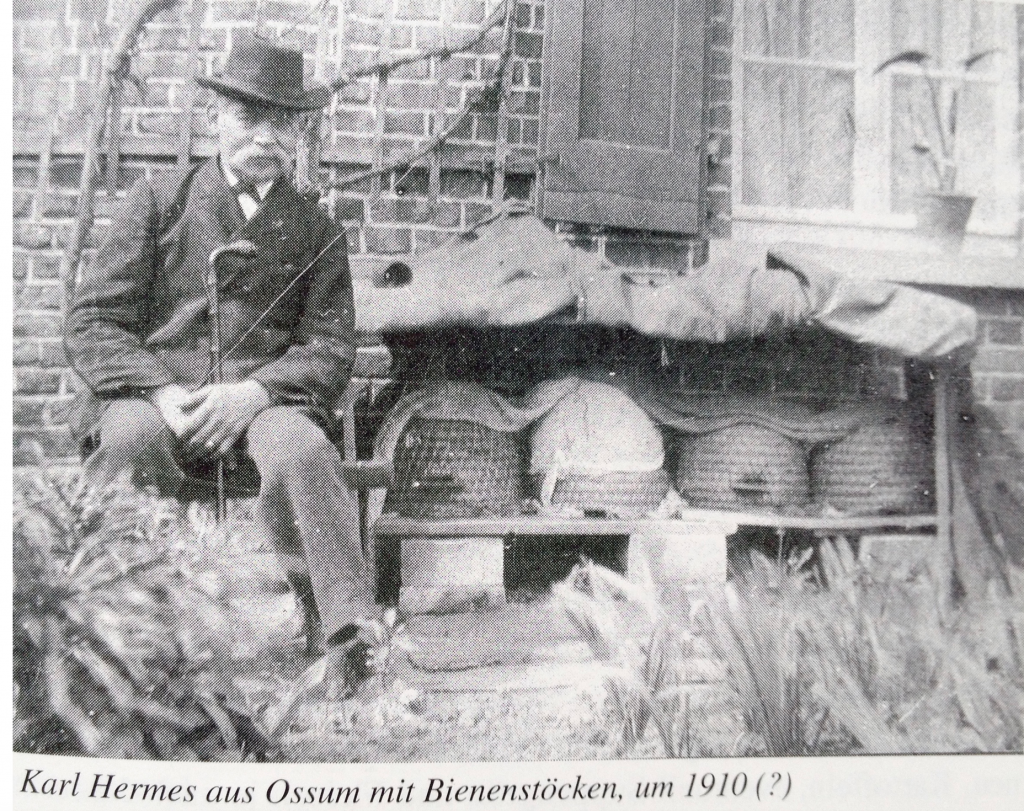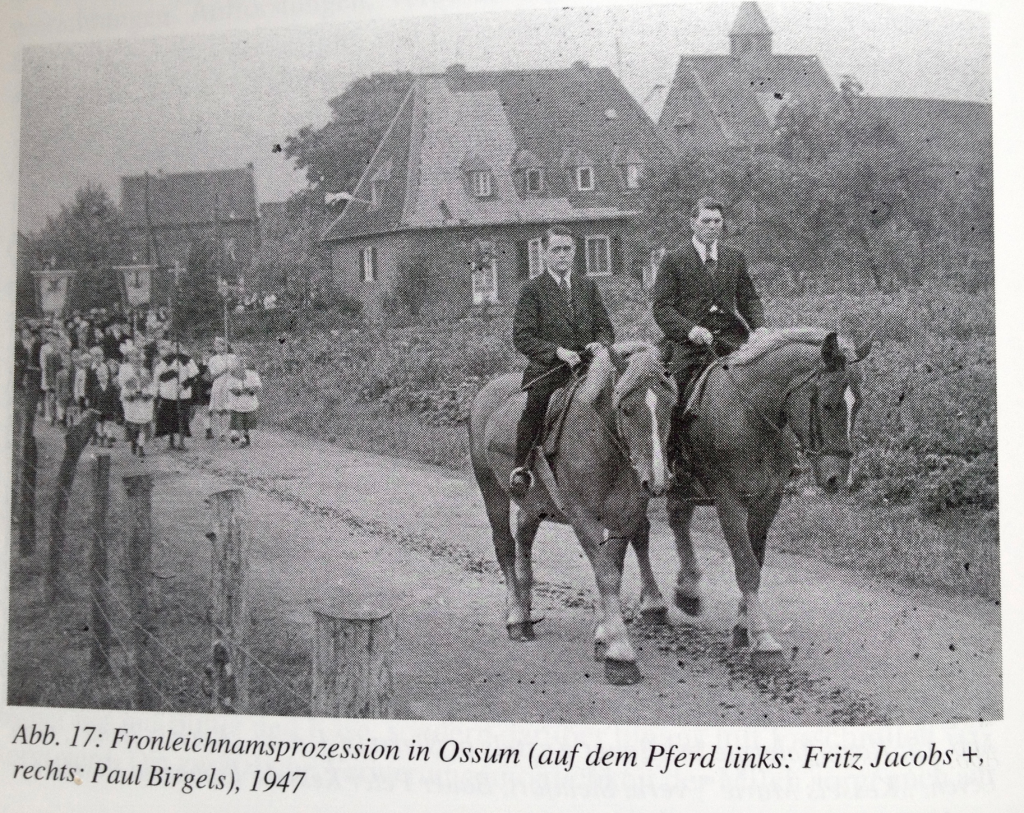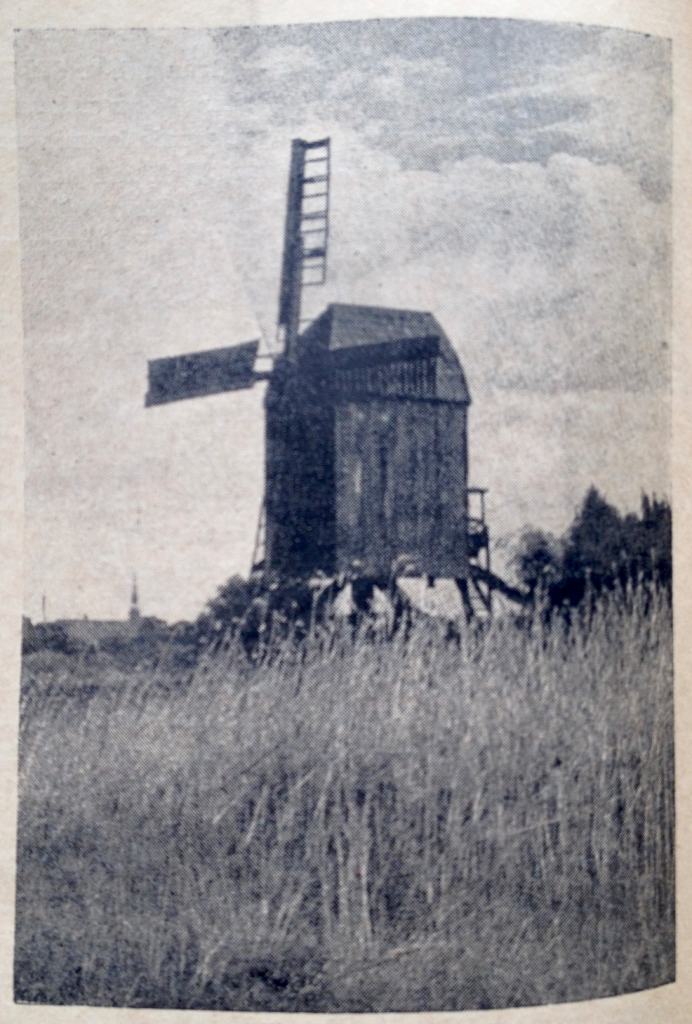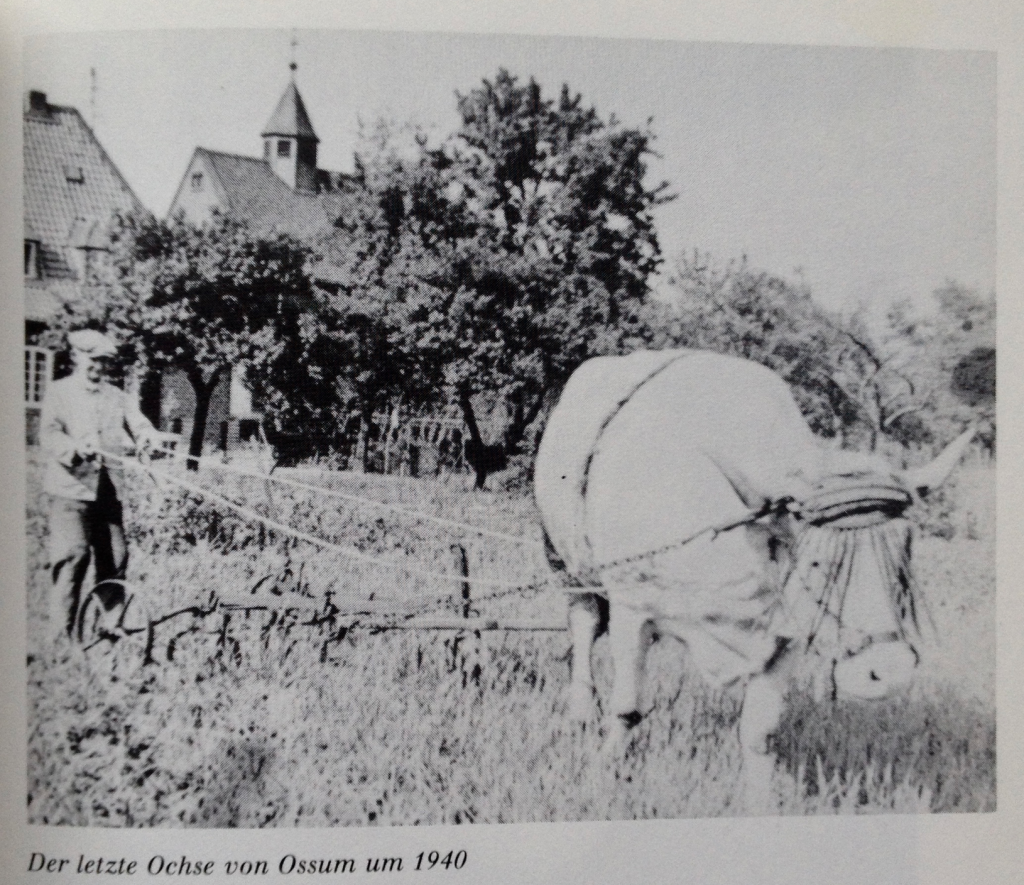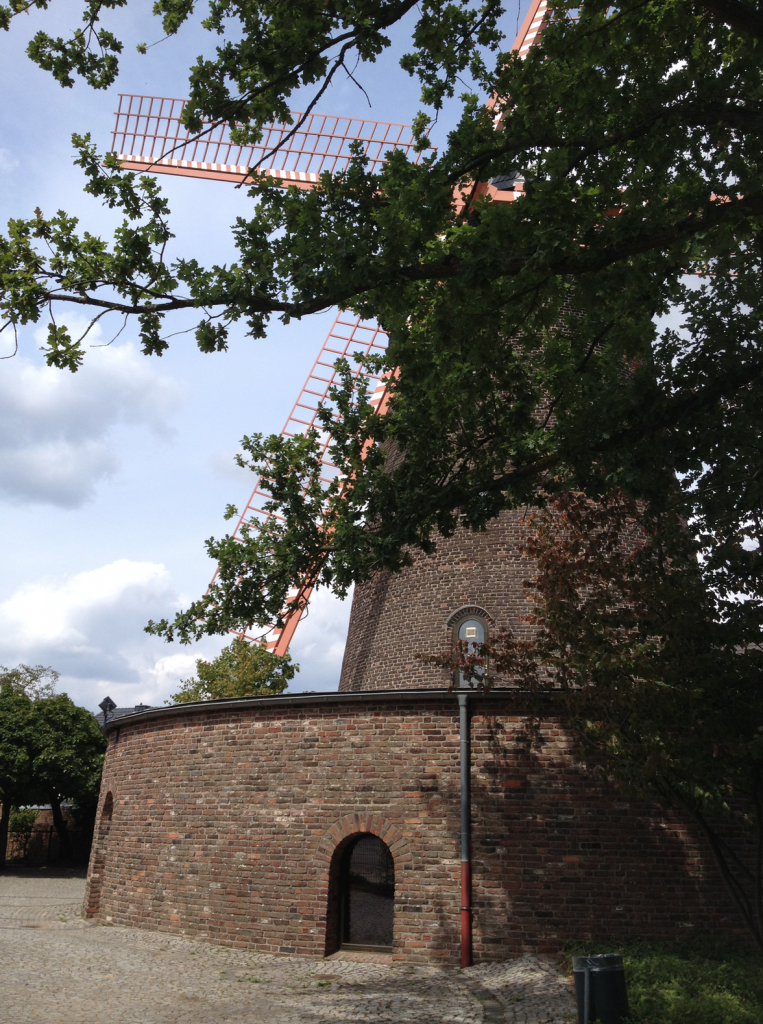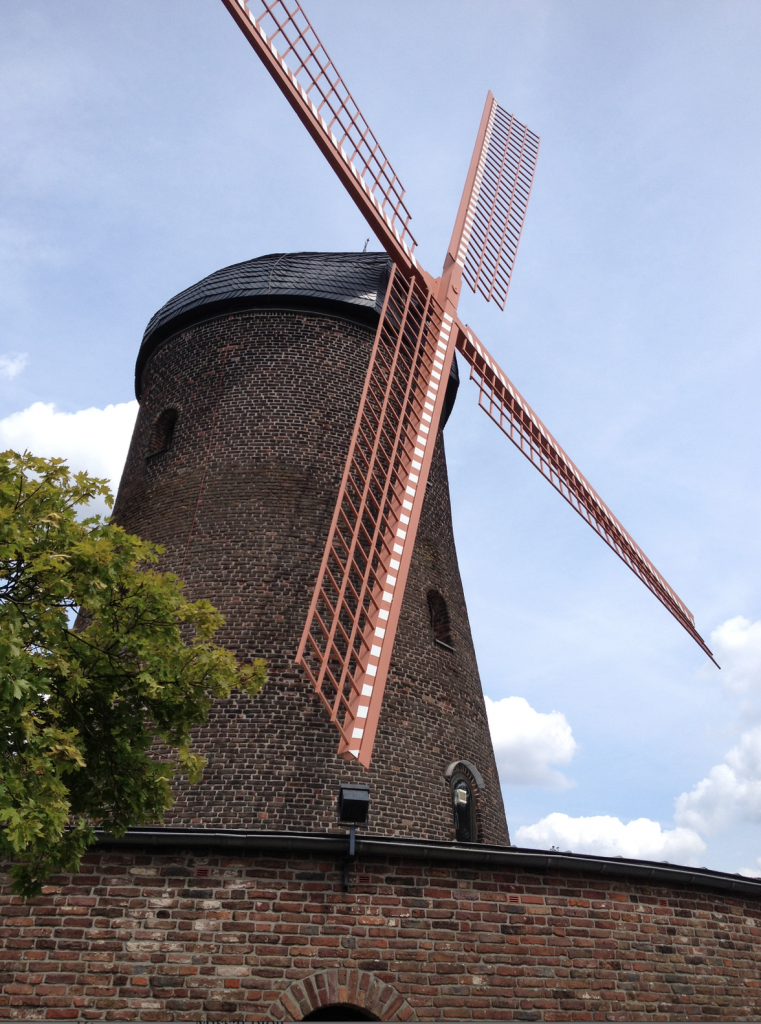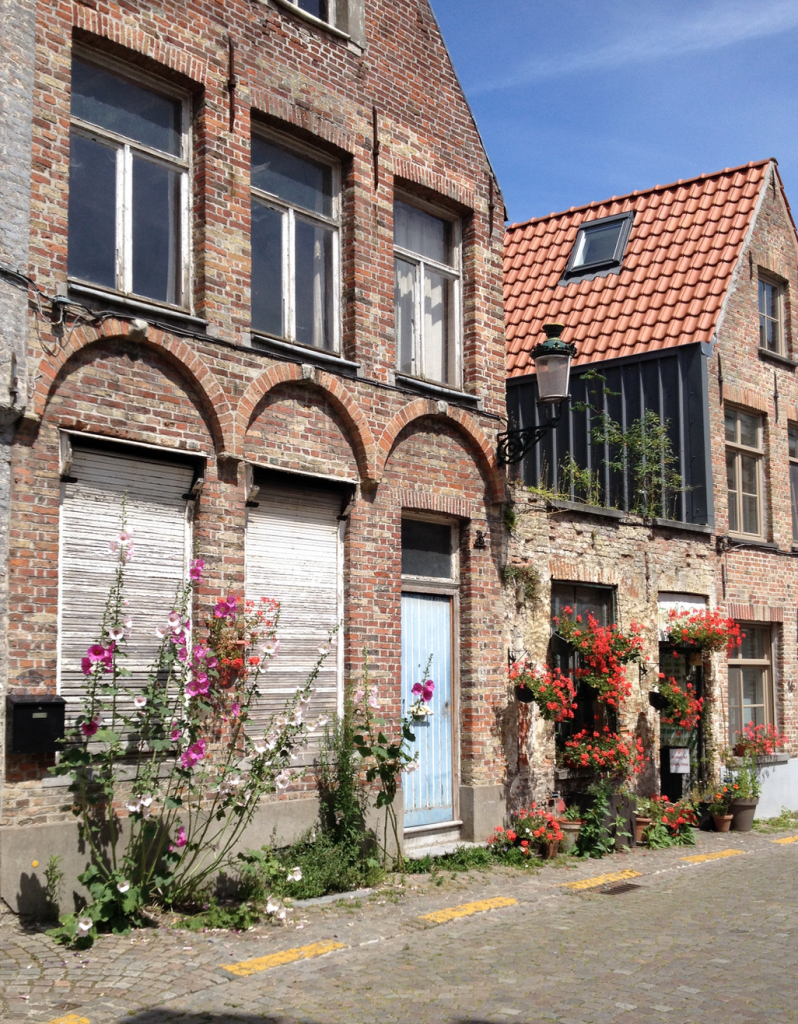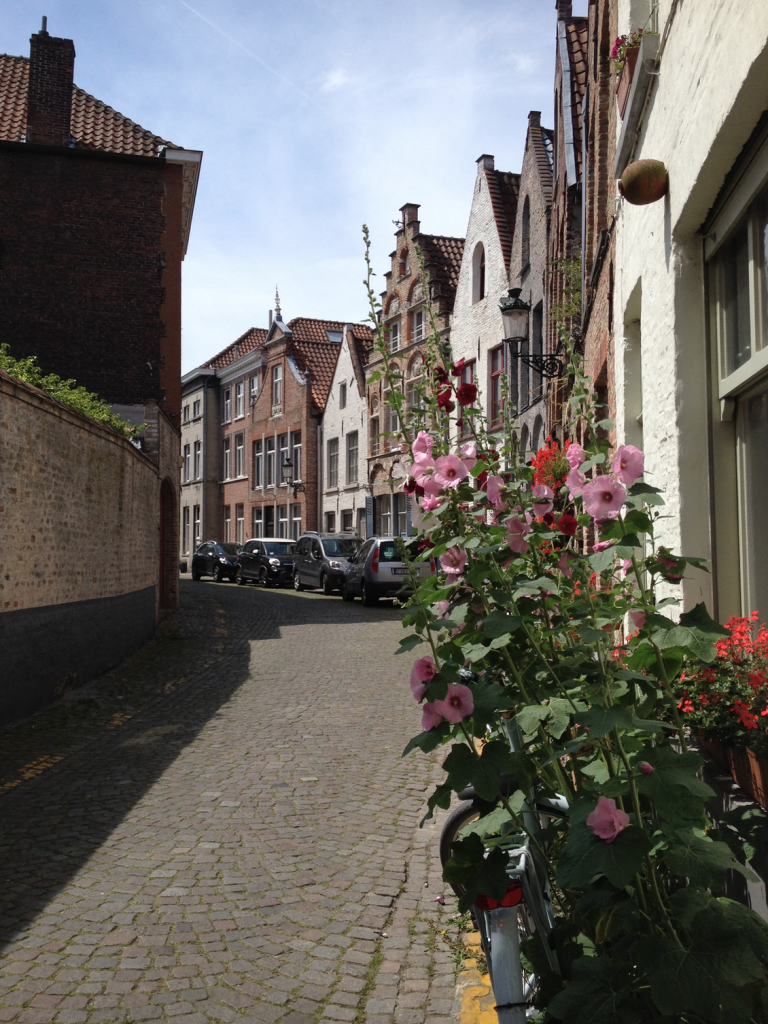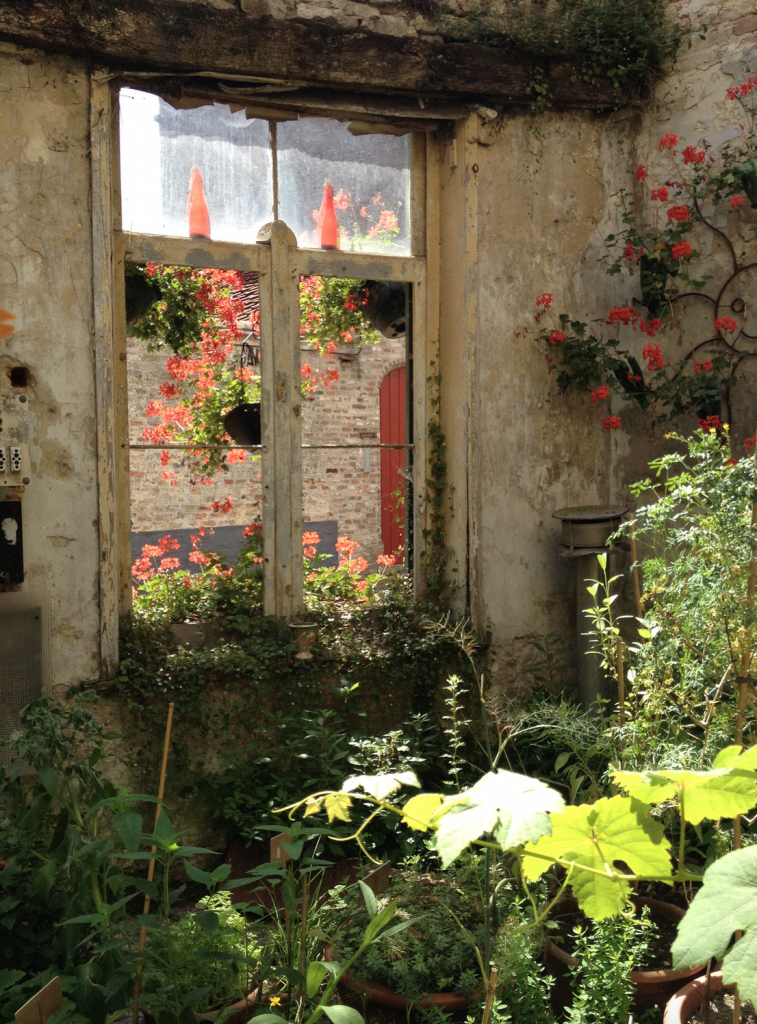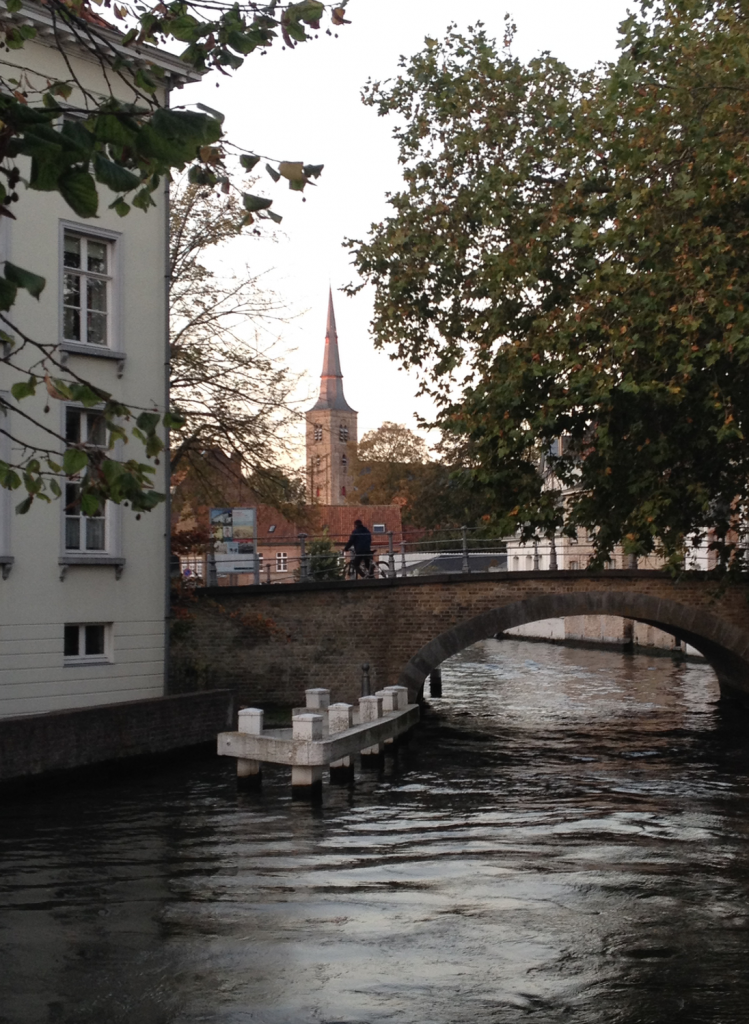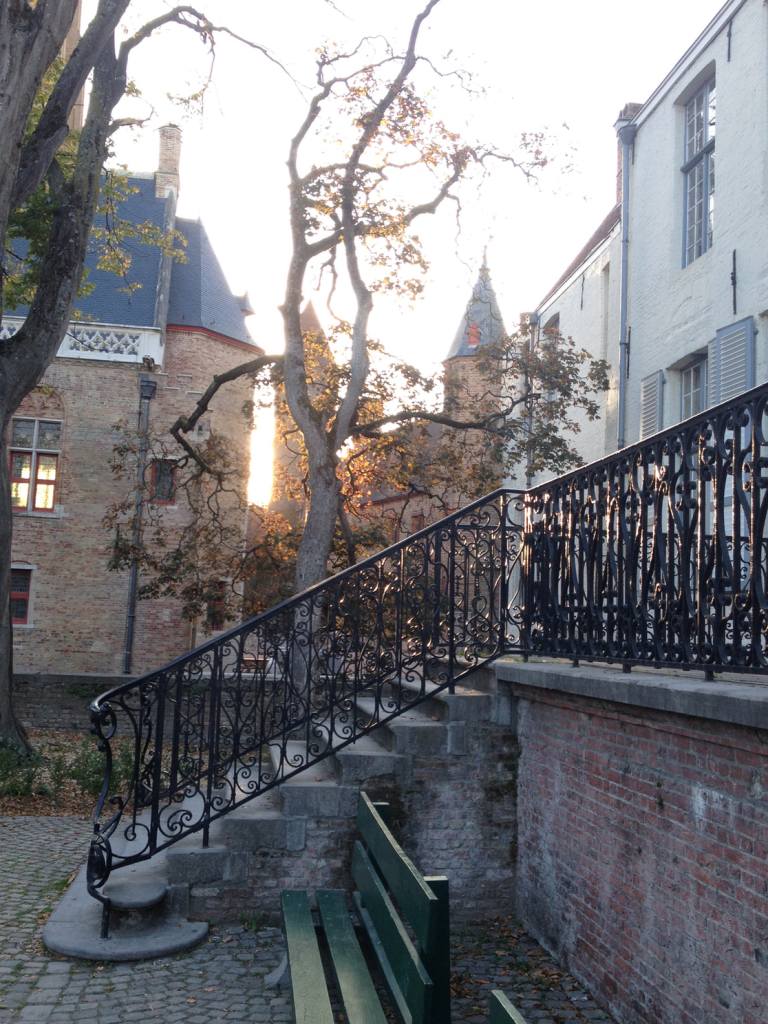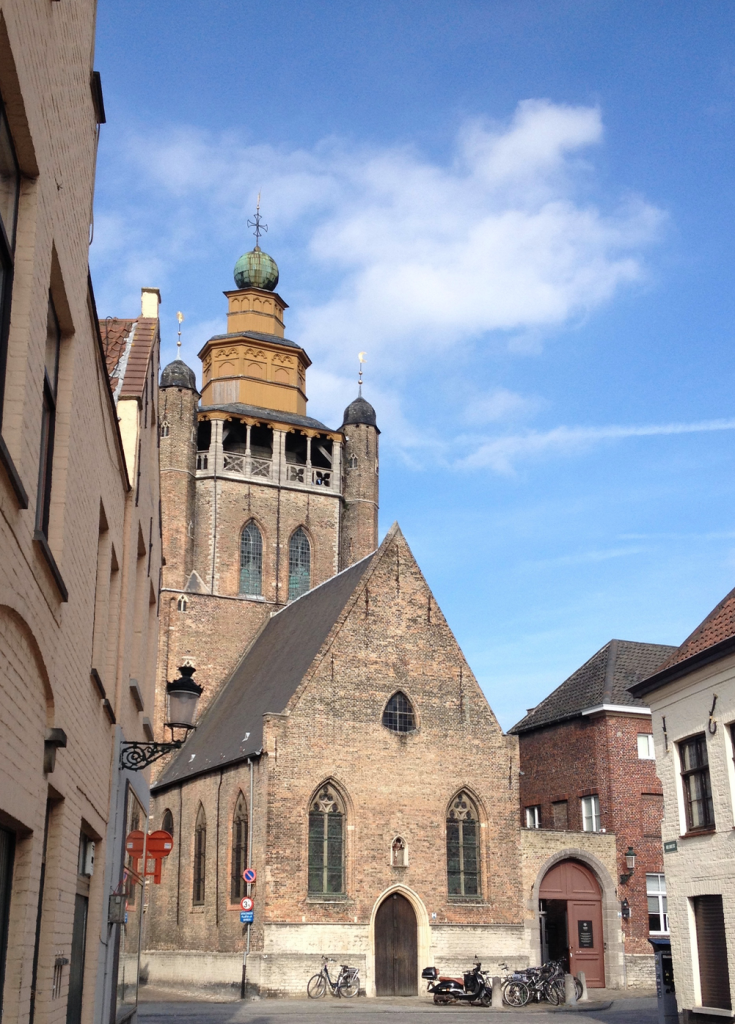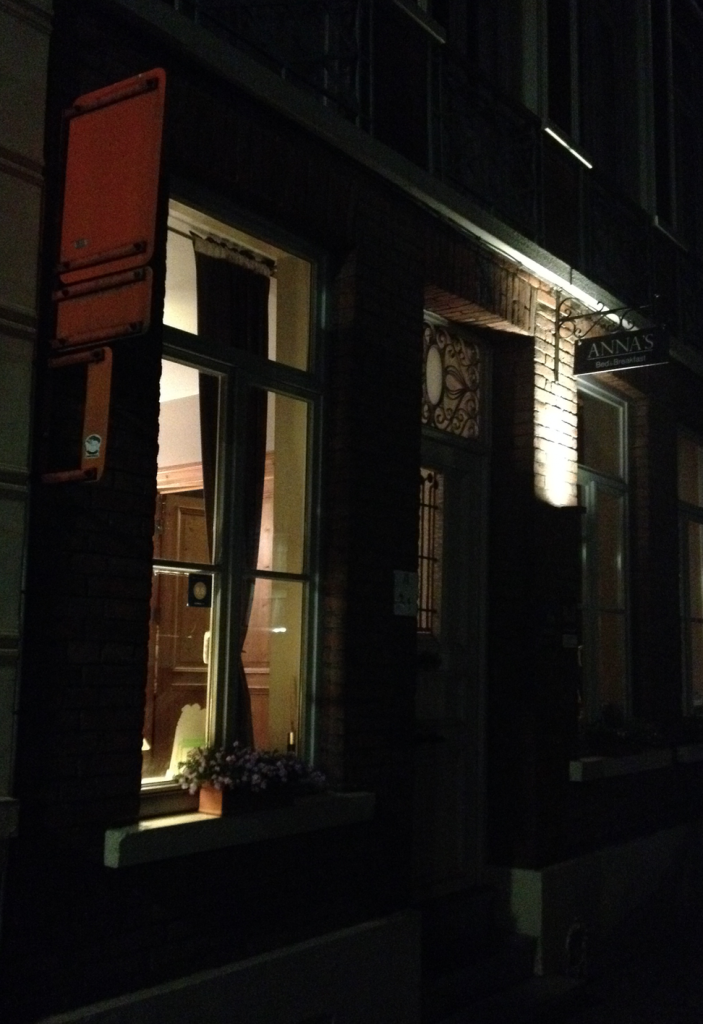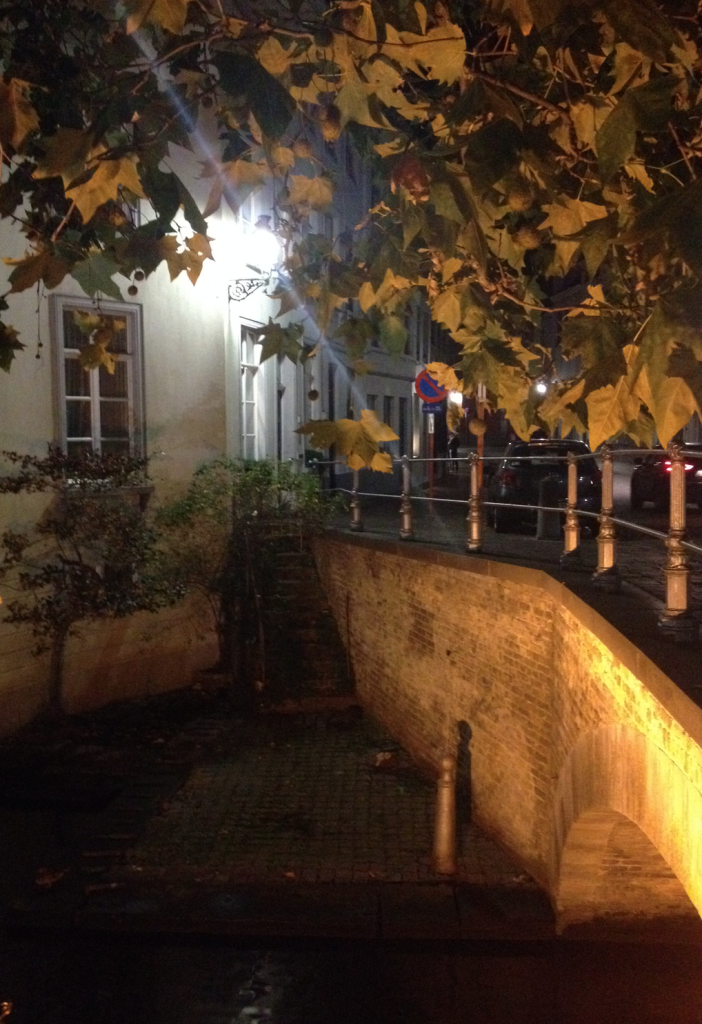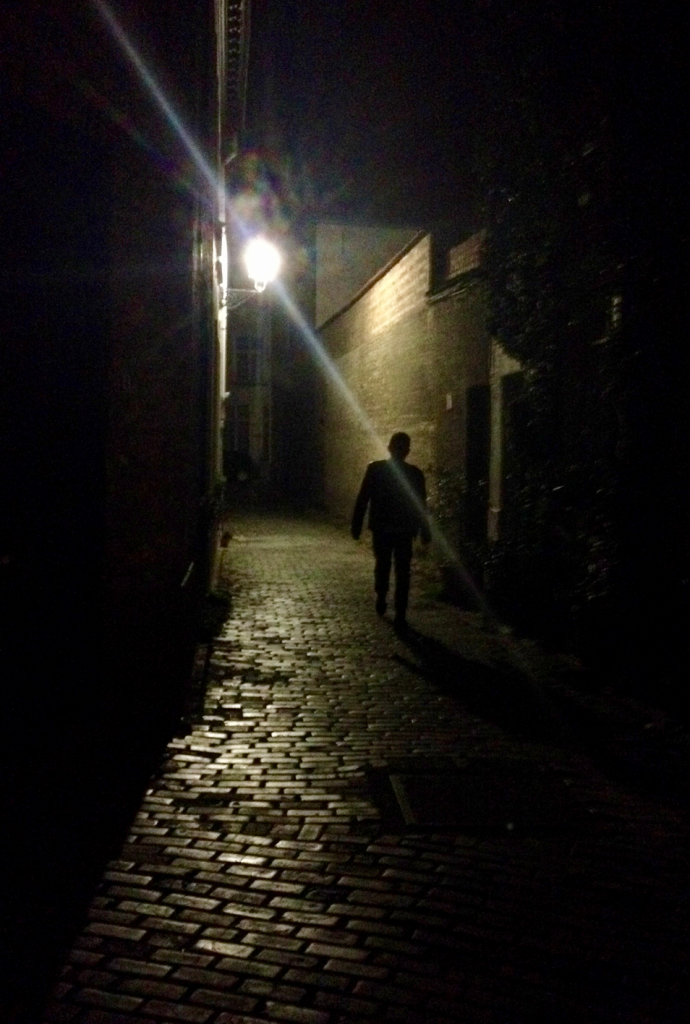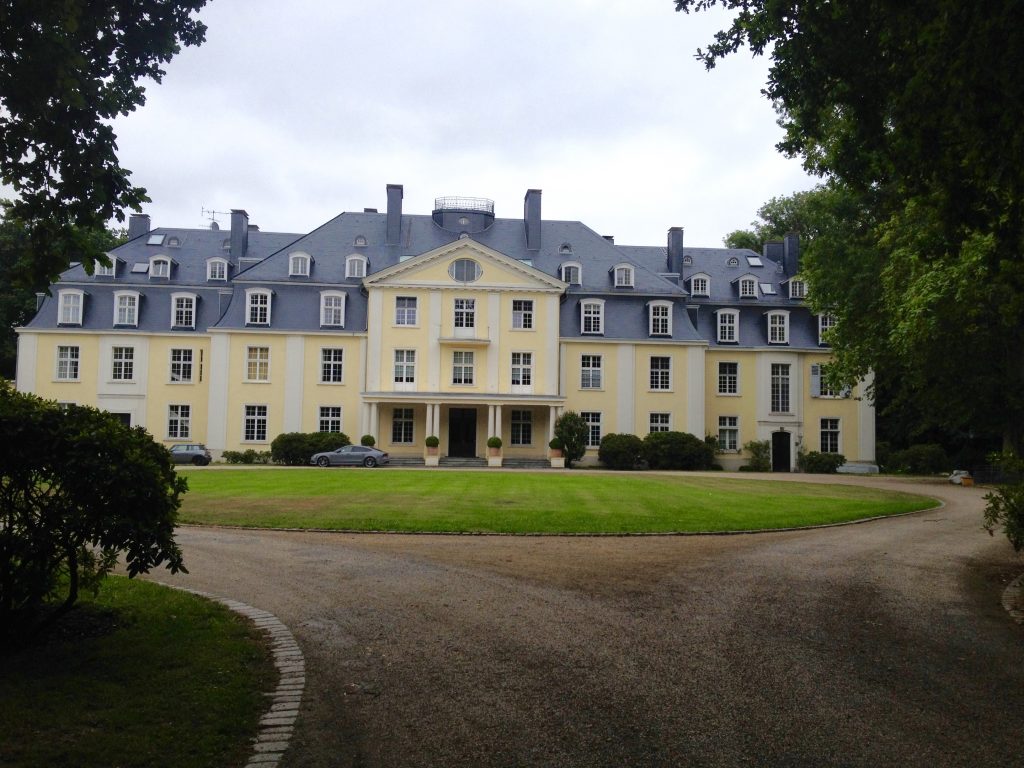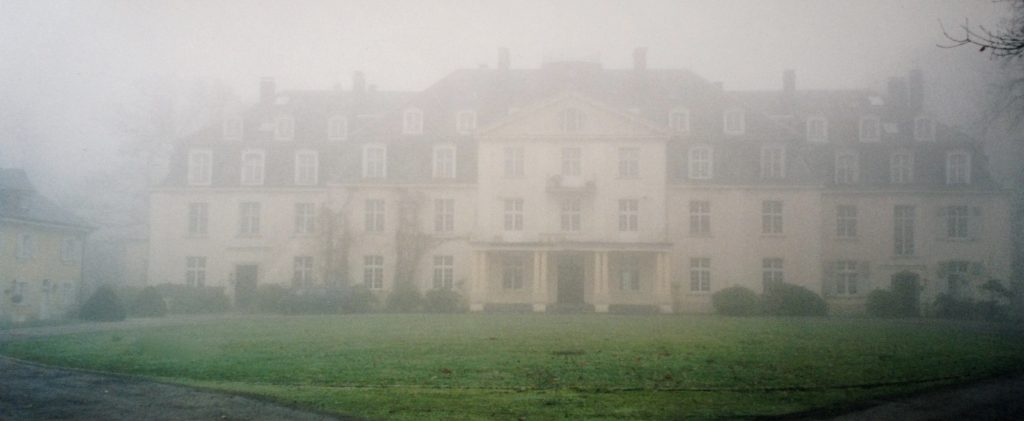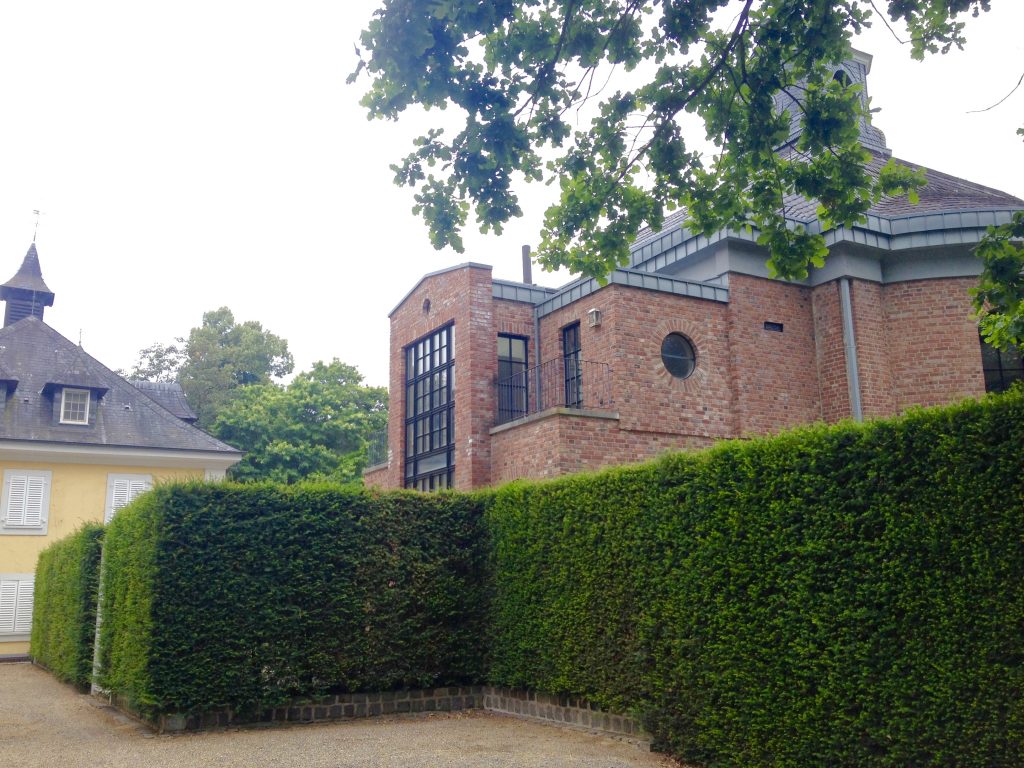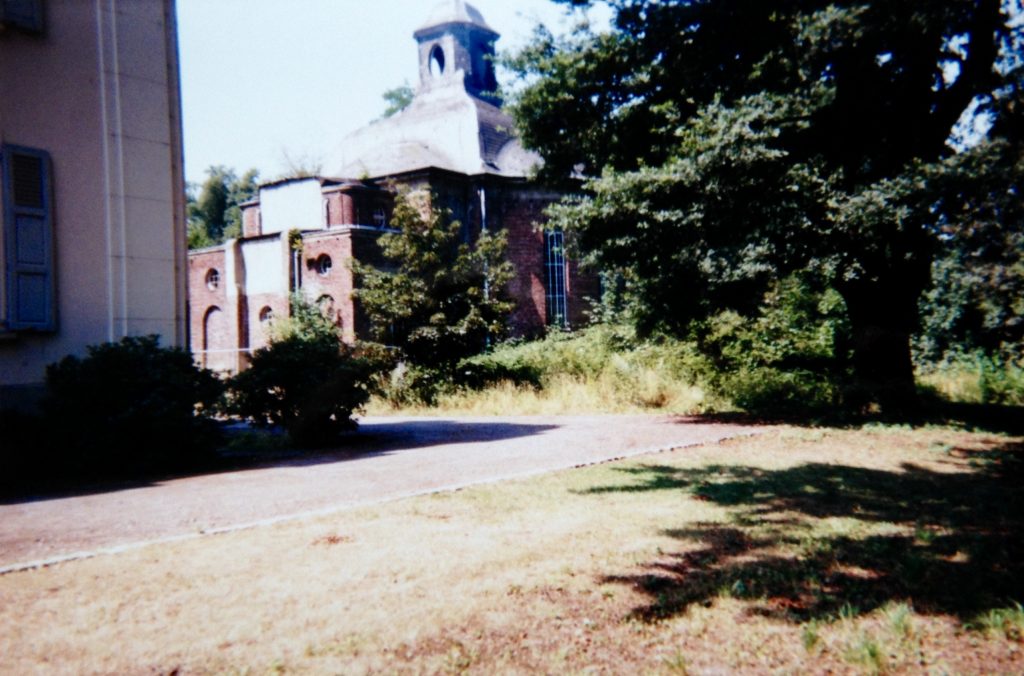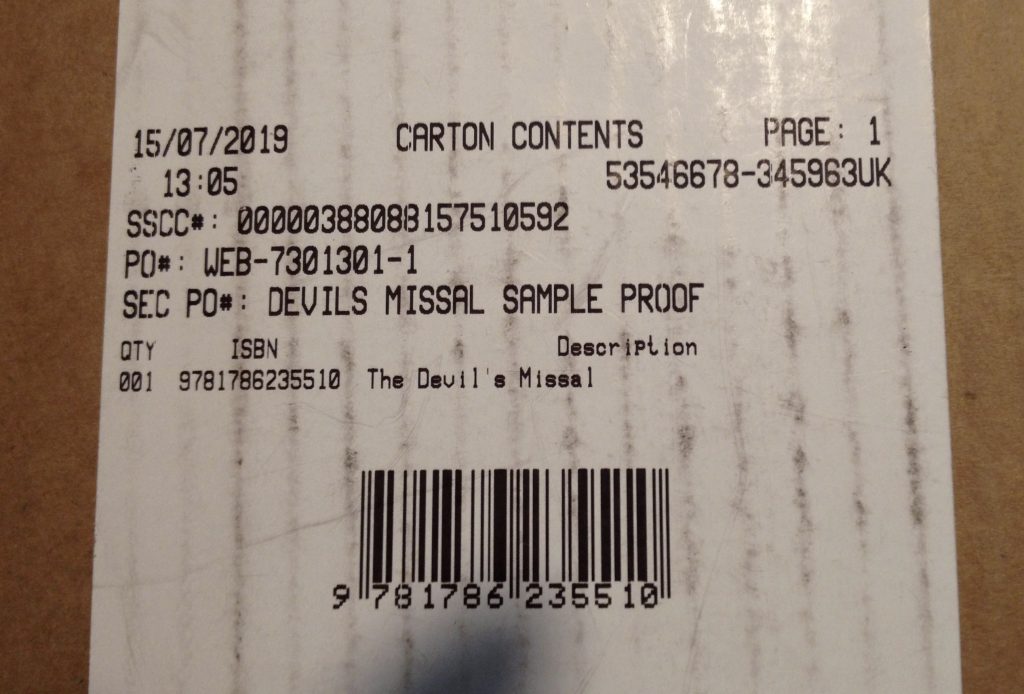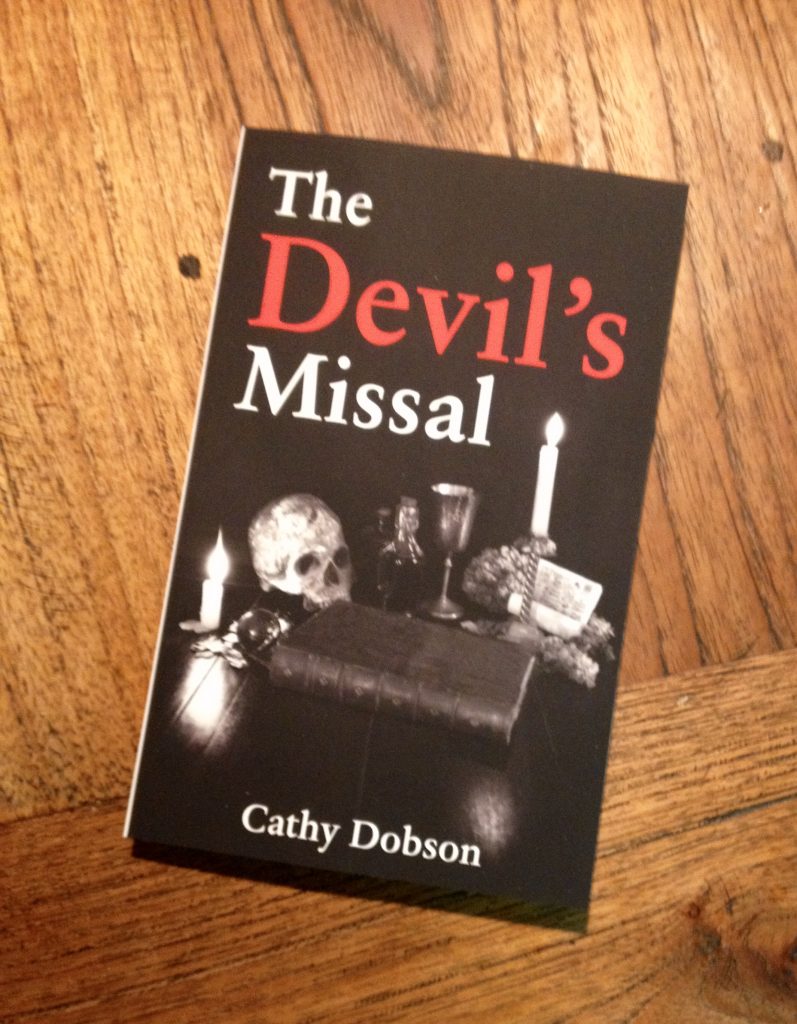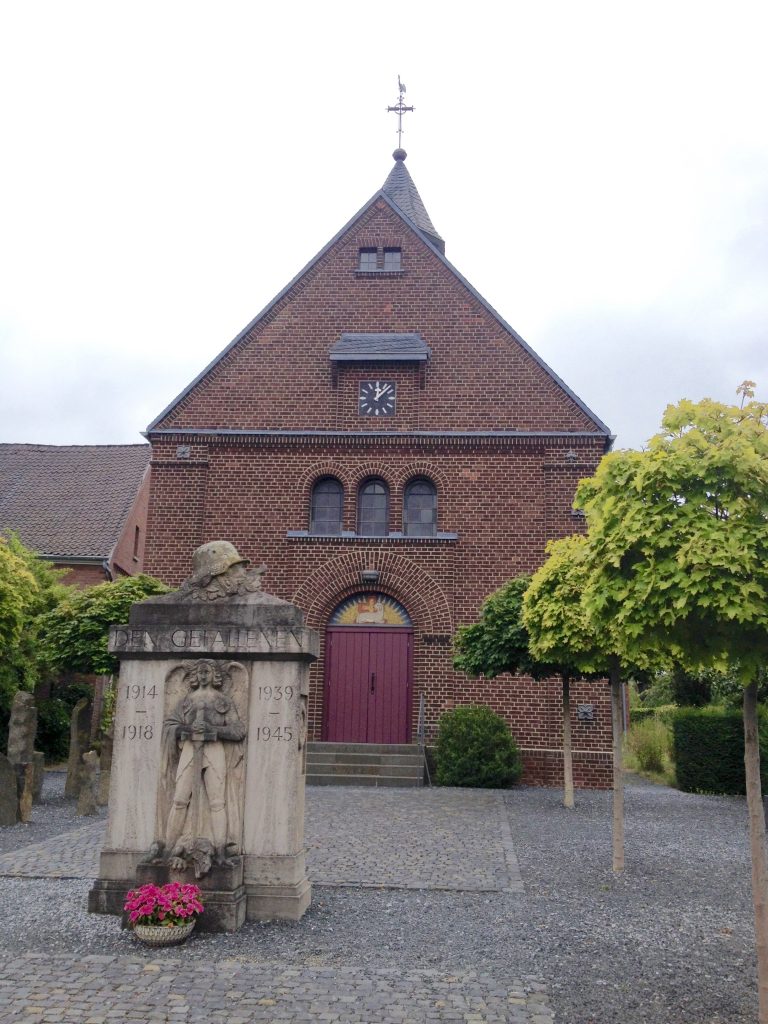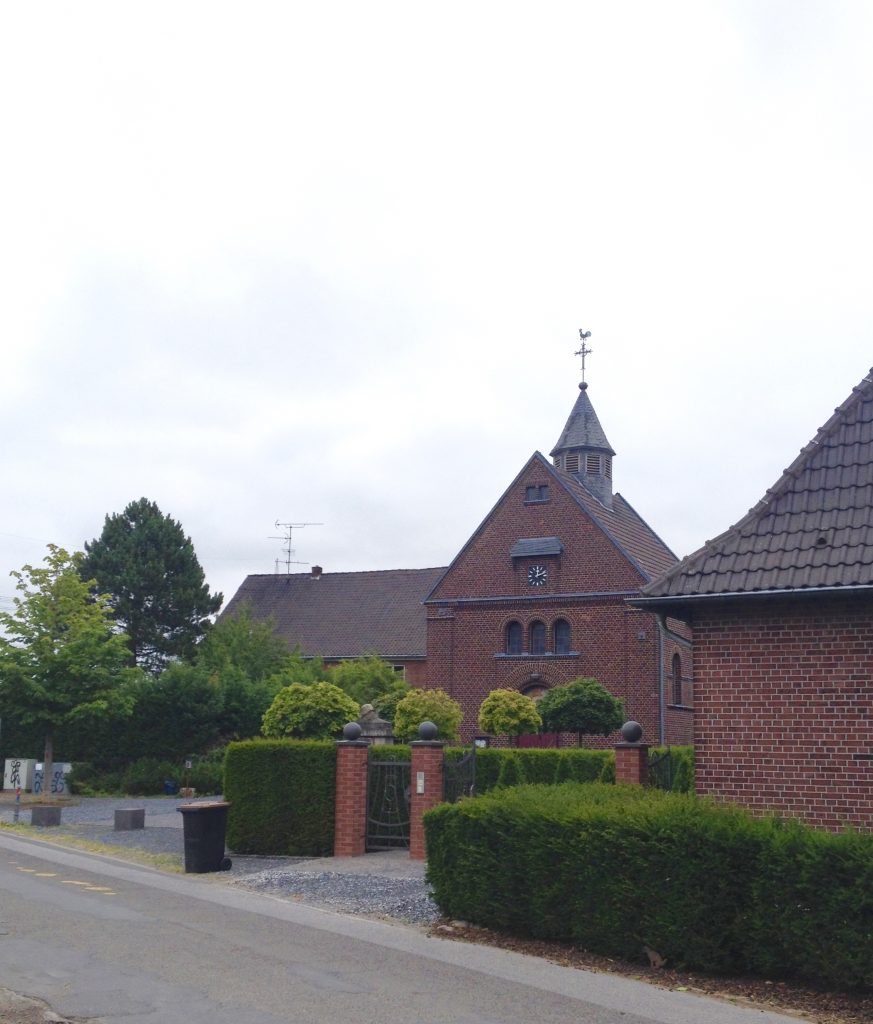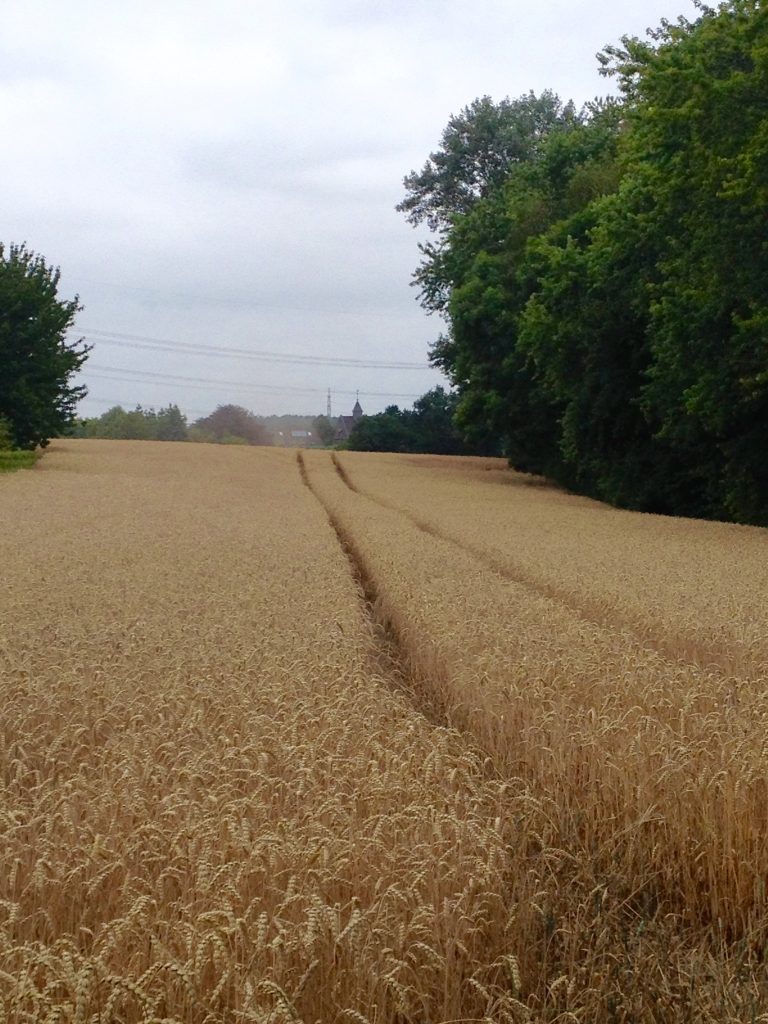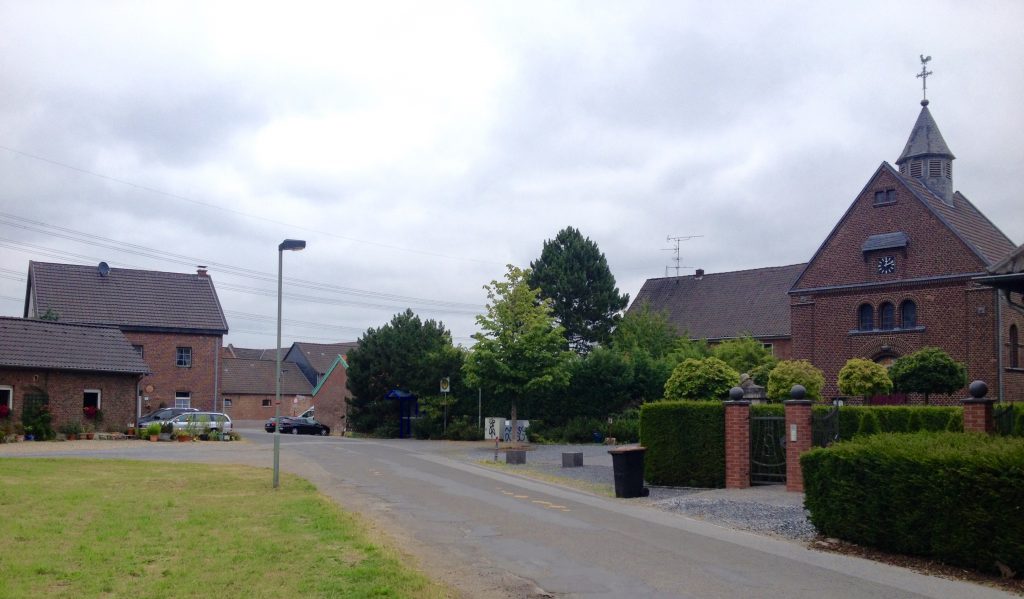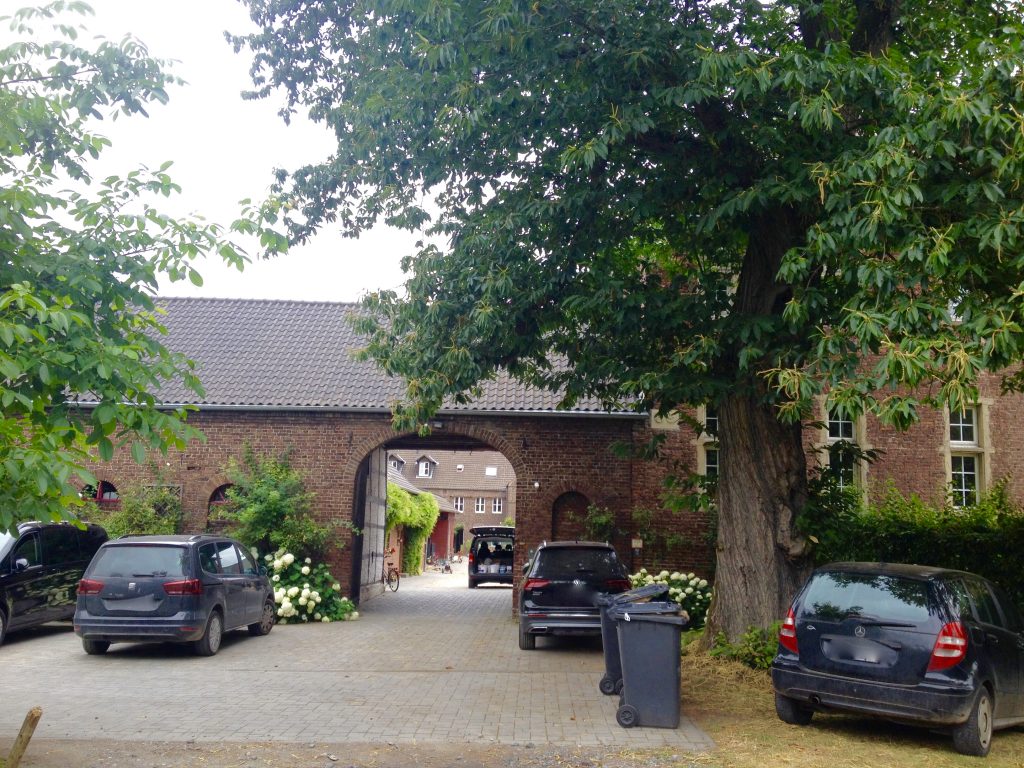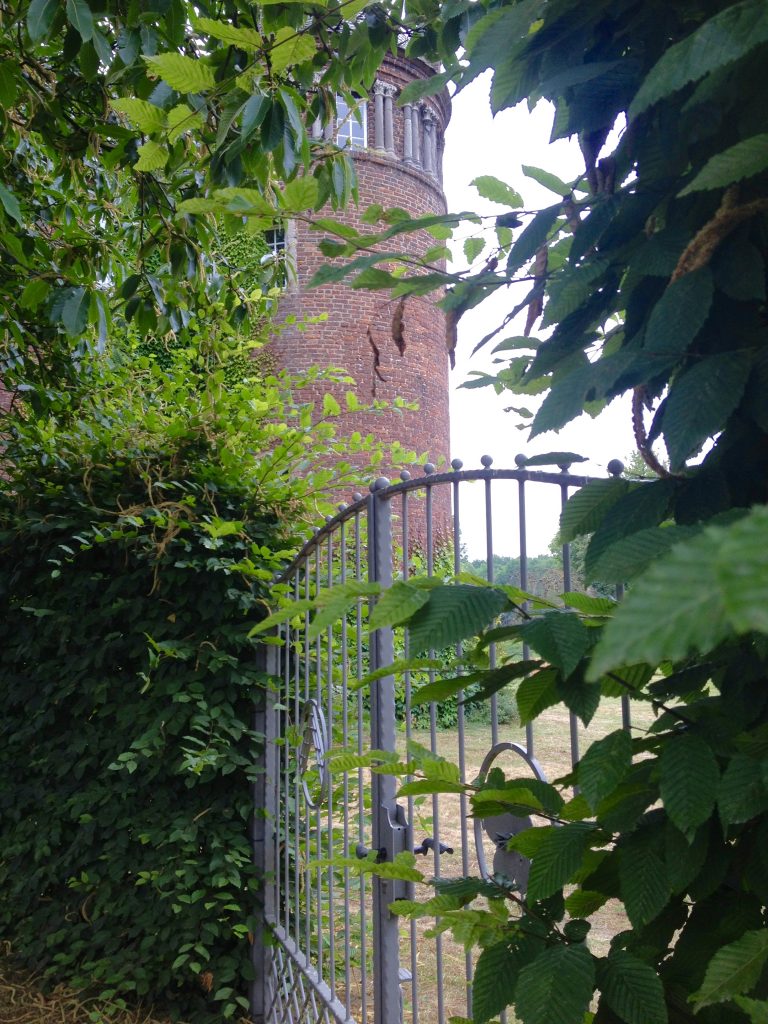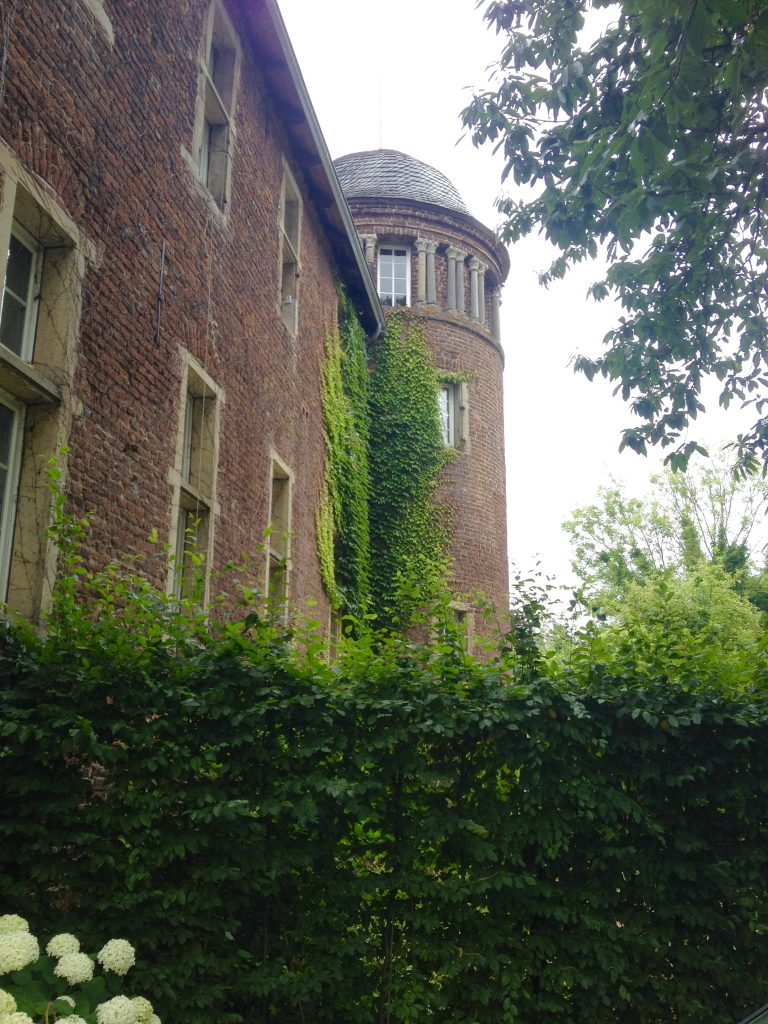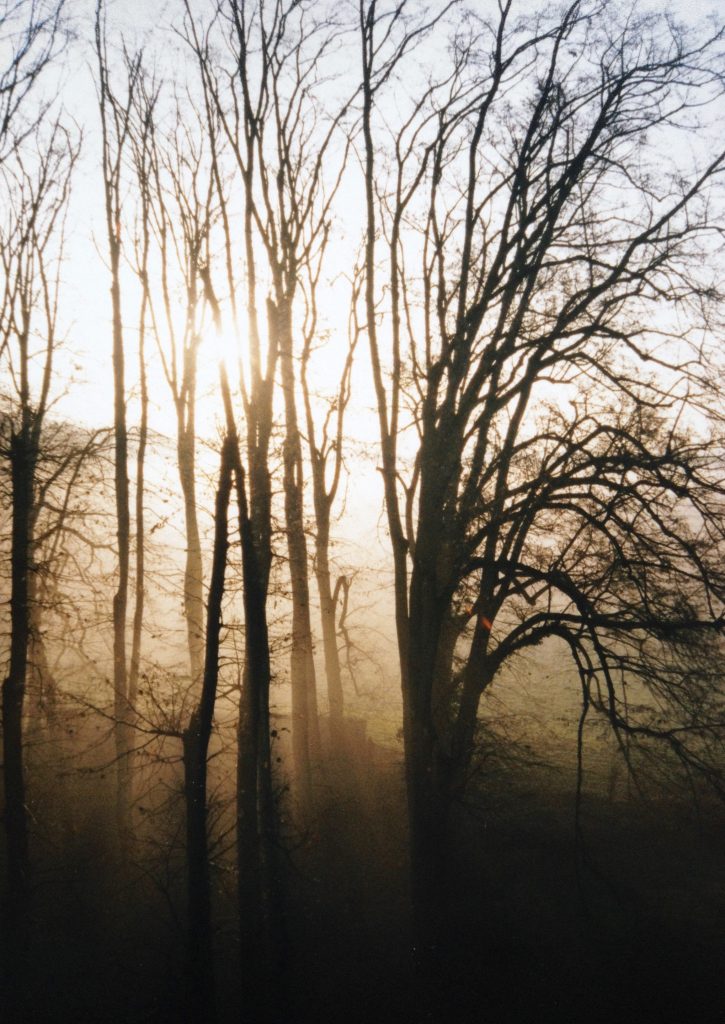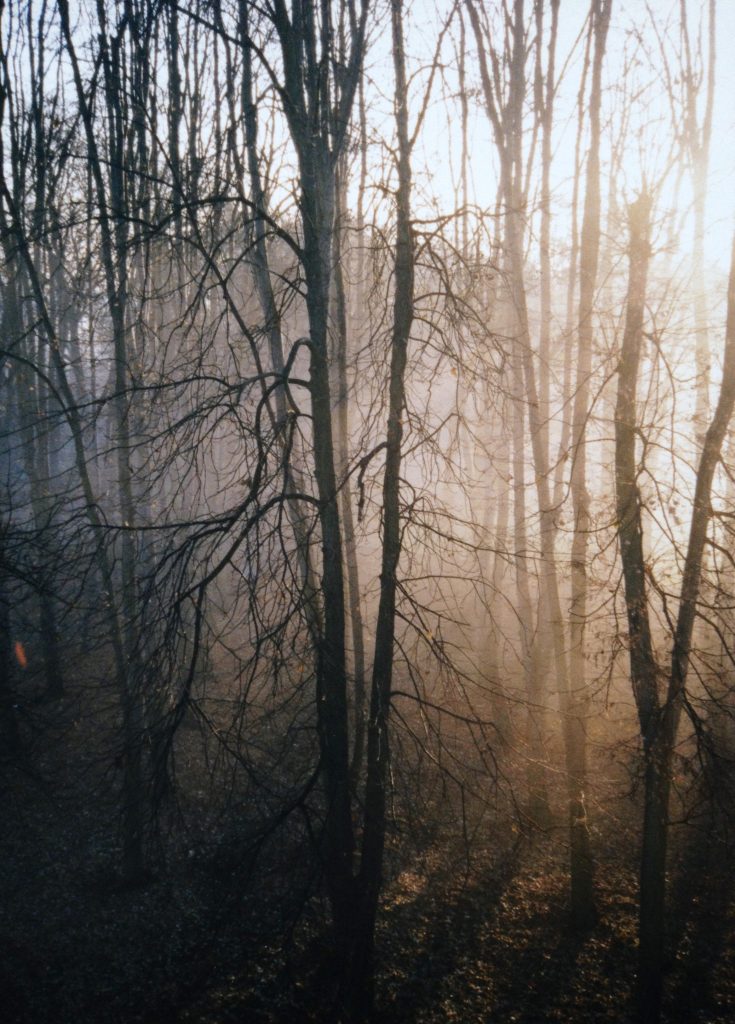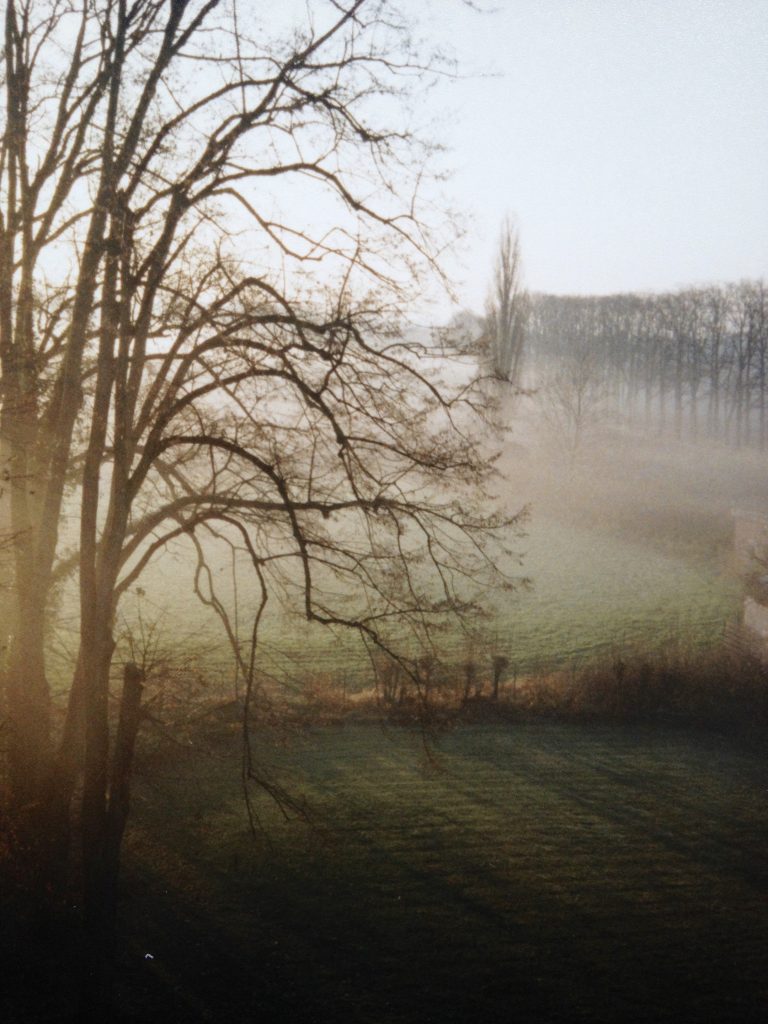Much has changed at Schloß Pesch since the 1970s. Back then, the schloss was abandoned and in a state of disrepair with peeling paint, cracked plaster, its grounds wild and overgrown. Since then it has been extensively renovated and turned into upmarket apartments. The park has been tamed and the ghosts are firmly discouraged. I found these two videos online which capture the transformation which has taken place.
Month: July 2019
The renovation of the chapel at Schloss Pesch
A number of people have contacted me with questions about the chapel at Schloß Pesch and in particular about what it looked like before the renovation. For those who have not visited Schloß Pesch, the former chapel is situated to the left of the schloss as you approach it, slightly set back from the Rentei (staff quarters) which is the building with the clock tower.
To get a better impression of how the old chapel used to look and what changes have been made to it, there is an excellent collection of photographs on the architect’s website. Well worth a browse.
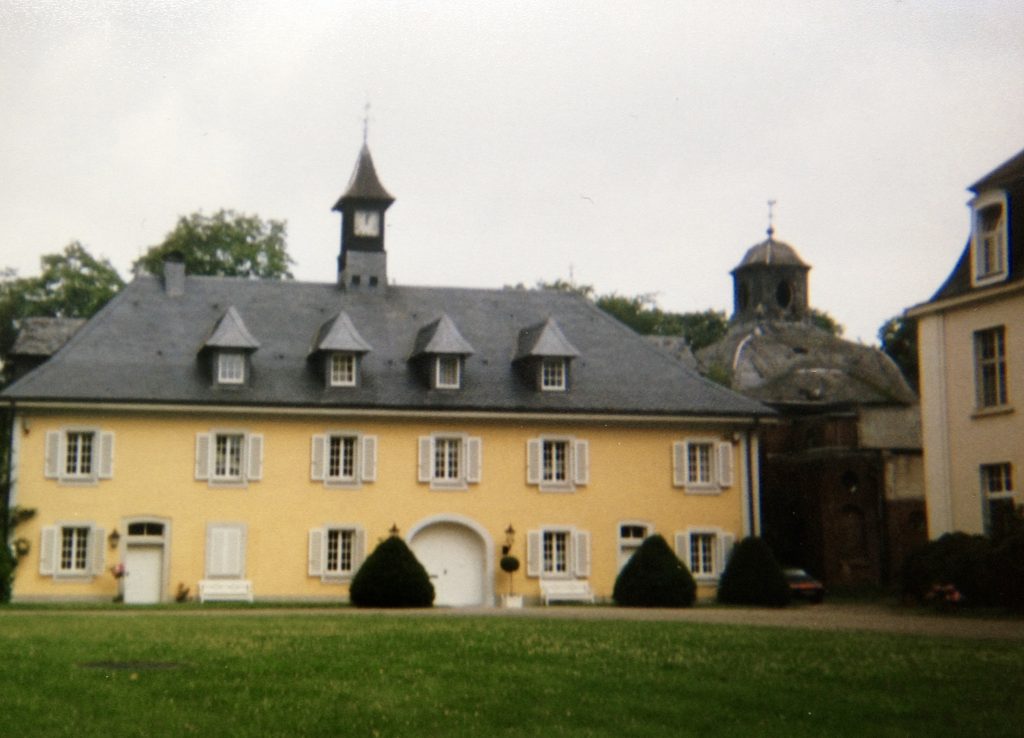
Old stories about Meerbusch
One of the characters in The Devil’s Missal is a collector of stories. He travels around the various villages of Meerbusch talking to residents, gathering their tales of times past and present, trawling through old photographs, letters and diaries.
As a rural community, many of the anecdotes will have been about life on the land, which has seen great changes in the past century. It seems strange to think that only eighty years ago there were still farmers ploughing with oxen or horses in the area.
The Teloy Mühle in Lank
When I picked the Teloy windmill as the setting for a particular scene in The Devil’s Missal, I was particularly looking for somewhere which looks rock solid – a safe port in a storm, so to speak.
I was in Lank today and thought I’d drive past the windmill to take a photo for this blog, but then the same thing happened as always seems to happen to me when I go there. I couldn’t find the windmill. I know, I know, how can you lose something the size of a windmill? In my defence, it is hidden by trees and other buildings until almost the point where you’re walking into it. Anyway, the elusive mill couldn’t evade me in the end. Here are a couple of snaps to prove it.
Bruges in The Devil’s Missal
One episode in The Devil’s Missal is set in the historic city of Bruges in Belgium. What really inspired me was the atmosphere among the backstreets and canals. Most of the houses are still lived in by local people. The buildings almost all date from the late middle ages and even those which are dilapidated exude a unique charm. But even in the sunshine, the silence is eerie. It is almost as though ghosts are watching you from those empty windows.
Of course true lovers of ghost stories should visit Bruges by night. Then Bruges is at it’s spookiest, with its old street lamps and narrow alleyways. Echoing footsteps falling on cobbles reflect off the walls in strange way, so you never can quite tell whether or not some invisible presence is following you.
Schloß Pesch in The Devil’s Missal
One of the most engaging aspects of The Devil’s Missal is the eerie setting of Schloss Pesch in Meerbusch for some of the key scenes. Since the events of the book the schloss has been extensively cleaned and renovated, to remove the decay and ghostly atmosphere which is so redolent in the novel. In particular the dilapidated old chapel which plays a crucial role in The Devil’s Missal has been renovated almost beyond recognition. For readers who know what went on there, this will come as a relief…

Schloss Pesch today 
Schloss Pesch in The Devil’s Missal

The Chapel today 
The Chapel in The Devil’s Missal
An exciting day in any author’s life!
This afternoon the first sample proof of The Devil’s Missal arrived. I couldn’t be happier with the quality of the layout, print and the cover art is just wonderful. The cover photo was styled and shot by Angela Serena Gilmour, a very talented photographer who lives in Berlin. The layout was by Tamsin and Grosvenor House. Many thanks also to Becky at Grosvenor House for dealing with all my queries and neurotic fiddling with font sizes and other things that shouldn’t technically concern me. I am deeply indebted to the wonderful Claire Jennison over at Penning and Planning who is the best editor any writer could wish for and a suitably nit-picky proofreader to boot.
Now to give it one last read through and then if there are no more changes, it will be ready to go to press!
The St. Pankratius chapel in Ossum, Meerbusch
One of the secret treasures of Meerbusch is the beautiful chapel of Saint Pankratius at Ossum.
St. Pankriatus Church was built in the 12th century as a private chapel to the Court of Grevenhof. The chapel itself is first documented in 1186, but Roman hand millstones, which were used in the construction of the choir of the chapel, and archeological finds dating from the Carolingian era indicate much earlier settlements.
Unlike other own churches in the region, St. Pankratius never became an independent parish church, but remained as a subsidiary branch of St. Stephanus church in Lank Latum.
In 1868 the Romanesque choir had fallen into disrepair and had to be demolished. It was replaced with a new neo-Romanesque polygonal choir. From 1900, an increase in the local population necessitated the building of an extension of the chapel on the western side.
In The Devil’s Missal the chapel provides a resonant setting for one of the crucial scenes in the story.
A flying visit to Haus Gripswald
I was driving past Ossum today and I couldn’t resist pulling over in the car and walking up through the woods to Haus Gripswald, which is the evocative setting for two of the key scenes in The Devil’s Missal (no spoilers though).
Early morning at Schloss Pesch in Meerbusch
I chose Schloss Pesch in Meerbusch and the woods surrounding it as the setting for The Devil’s Missal. The atmosphere is perfect for an eerie tale of occult happenings and mystery. These are three photographs I took from an upper window of the Schloss very early one morning before the Rheinland mist had fully cleared.
Views from Schloss Pesch looking east towards Schürkesfeld.
